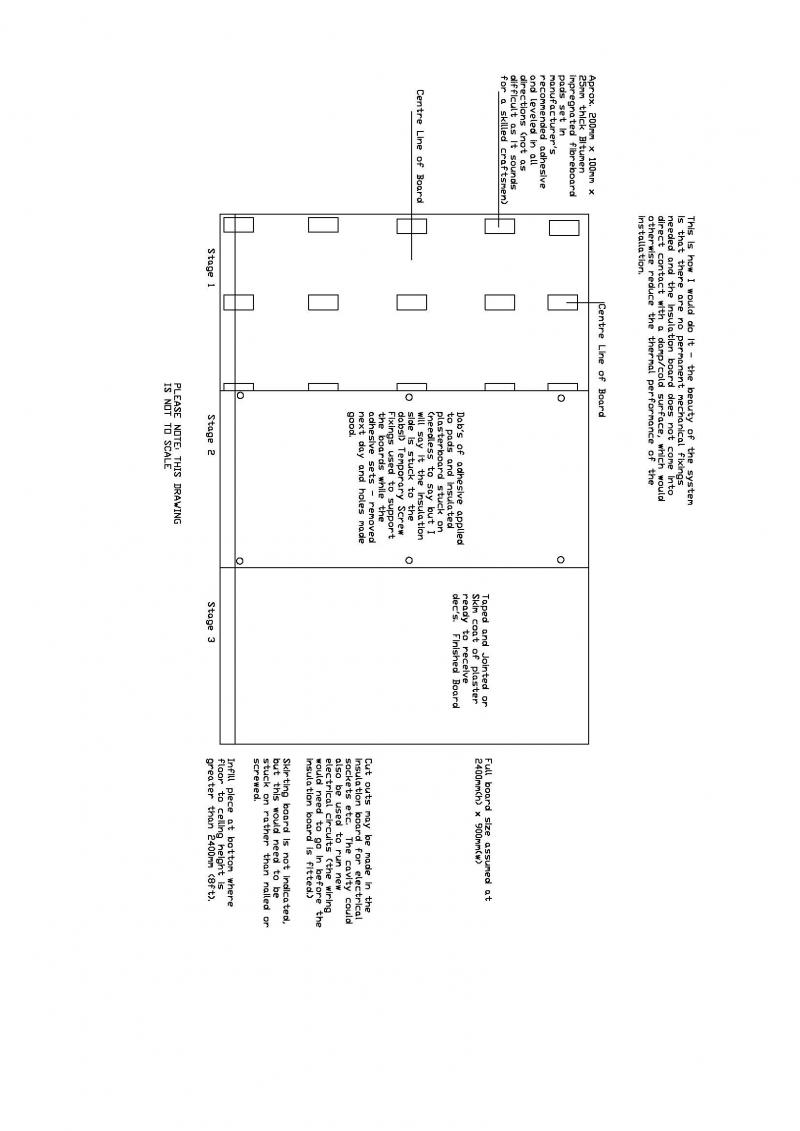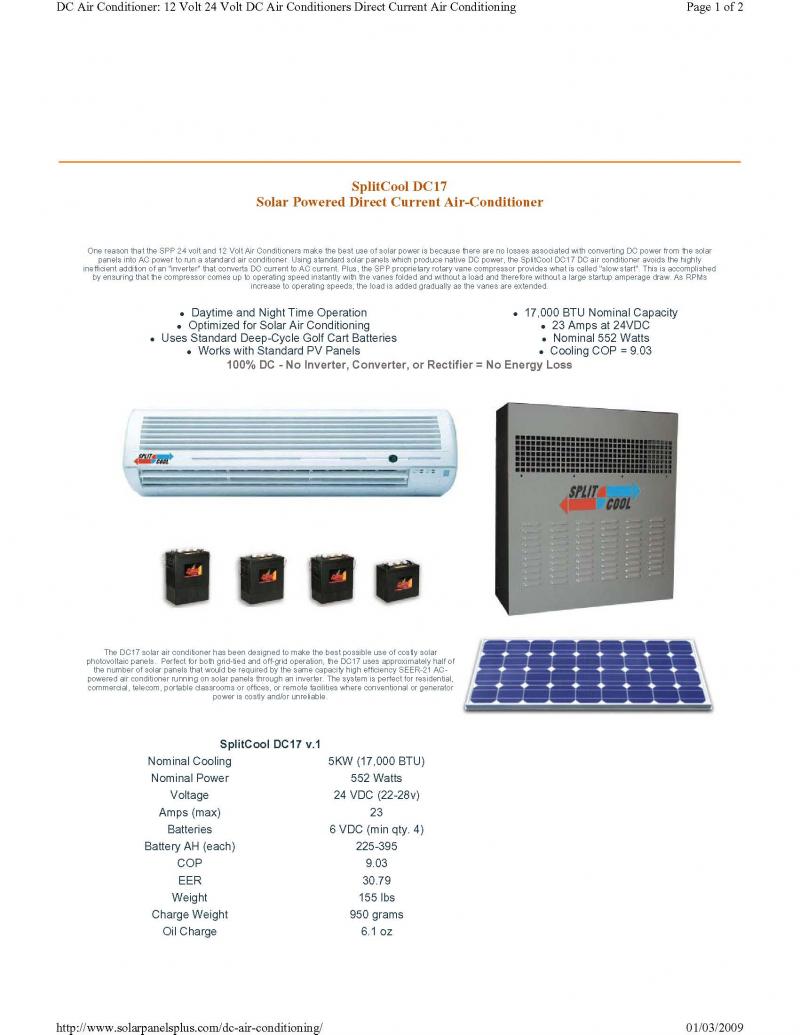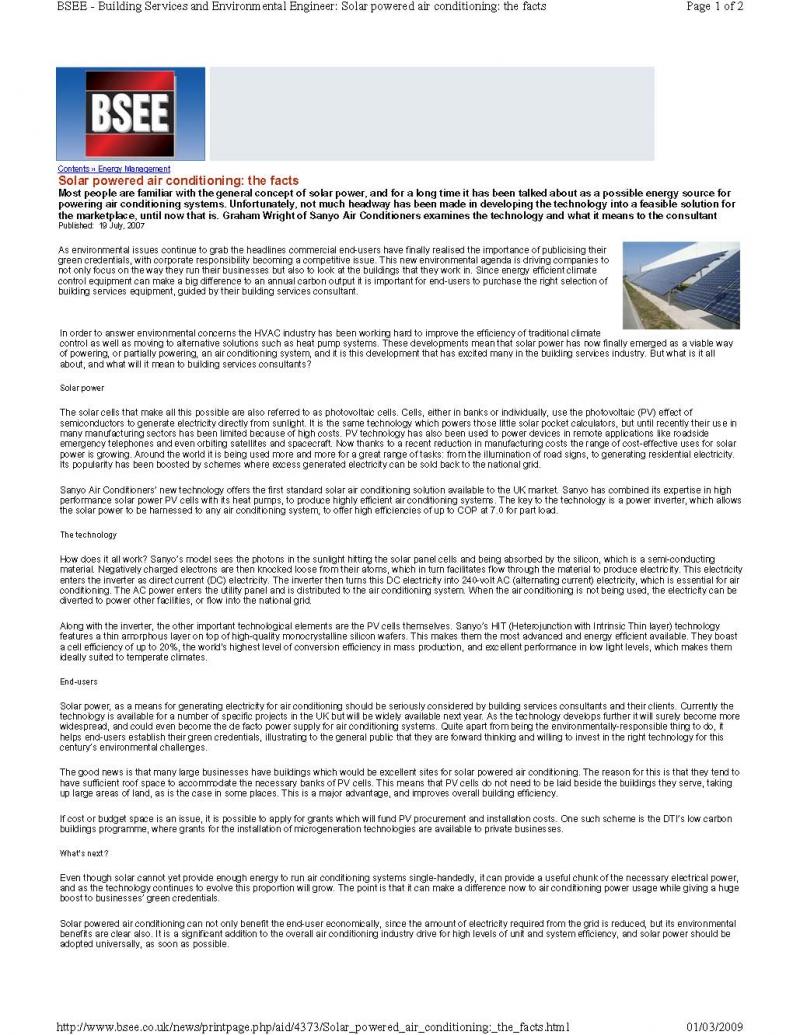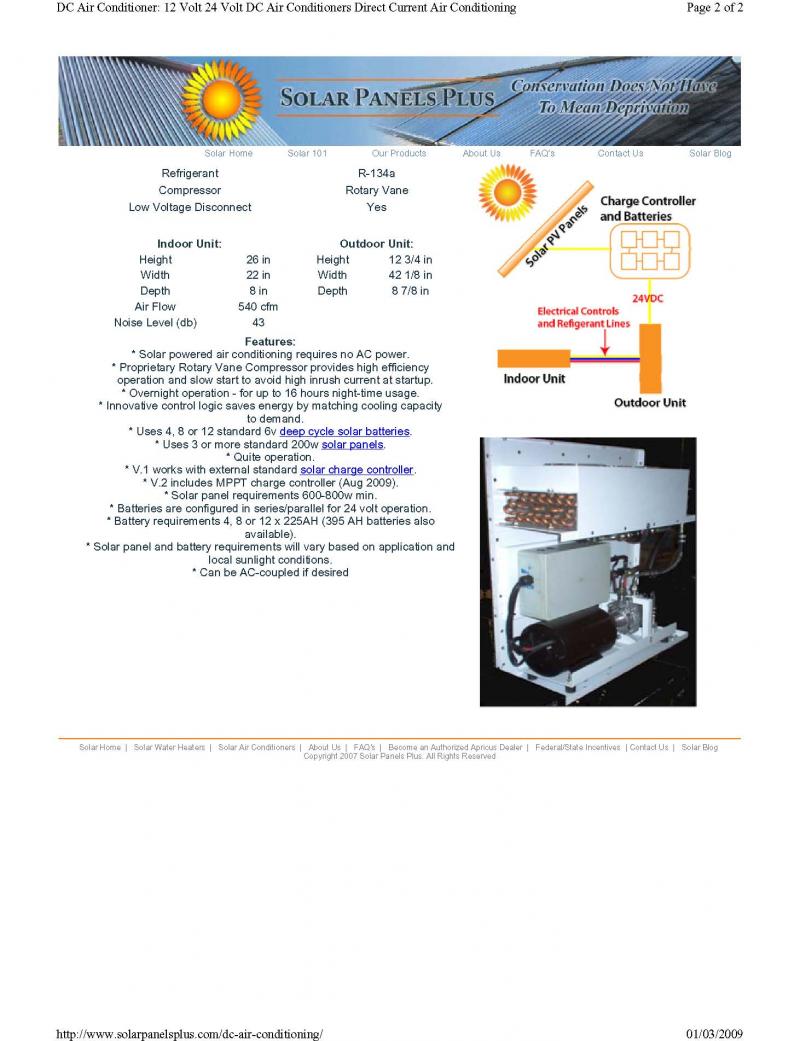solid walls need insulate -
my flat over looks river and is cold but not damp .
my rented house had black mould for the first time on north facing walls above skirting board below windows in bedrm 1 rm -behind bed and the other behind curtains. its been cleaned and not returned as I sugested better ventatlation and more heat.
clearly I still need to get to root of problem .
most of the walls are windows but can I still dry line .
and can I use a flexable sheeting or do I need to plaster board as well.
I was shocked just how damp the walls are in bedrooms can there be another reason why - there no damp marks.
thks - damsel in distress


my flat over looks river and is cold but not damp .
my rented house had black mould for the first time on north facing walls above skirting board below windows in bedrm 1 rm -behind bed and the other behind curtains. its been cleaned and not returned as I sugested better ventatlation and more heat.
clearly I still need to get to root of problem .
most of the walls are windows but can I still dry line .
and can I use a flexable sheeting or do I need to plaster board as well.
I was shocked just how damp the walls are in bedrooms can there be another reason why - there no damp marks.
thks - damsel in distress






